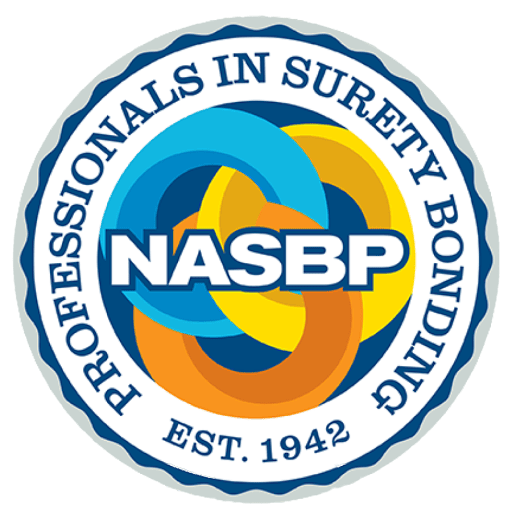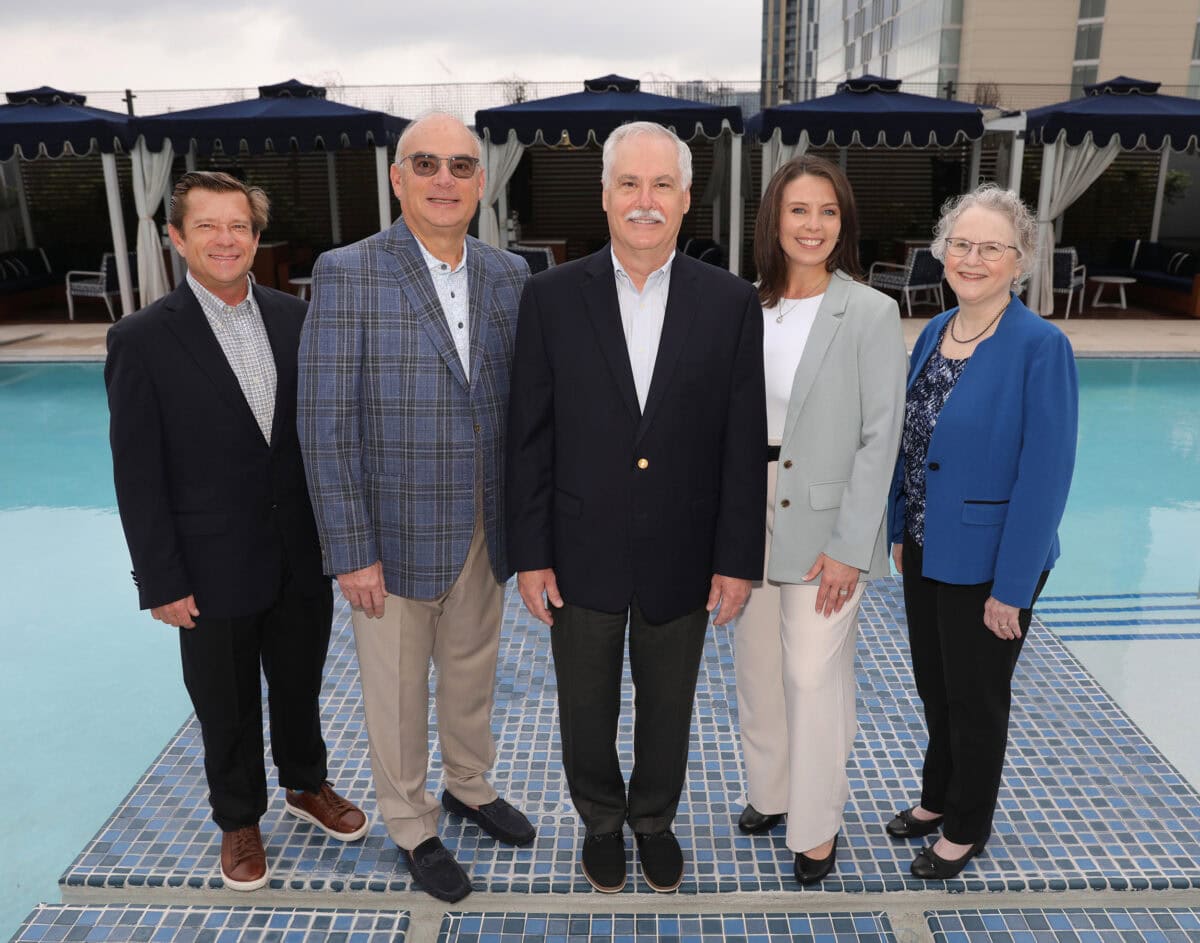
Court Holds Performance Bond Obligee Entitled to Judgment As a Matter of Law Against an Individual Surety
Performance and payment bonds provide, respectively, project performance protection to the owner (or contractor) and payment protection to certain persons on projects who furnish labor or supply materials used in the work. Of course, there are certain defenses to performance or payment bond claims that a surety can successfully assert.
Several recent court decisions have seen the assertion of a particular payment bond defense. The surety asserts that a claimant with an otherwise valid payment bond claim is barred from recovery because the bond had expired prior to the claimant’s performance on the project. In the May-June 2011 issue of “Pipeline,” we reported in this column on a federal decision in which the district court allowed an individual surety to expressly limit the duration of the payment bond issued pursuant to the Miller Act. This decision translated into a disappointed supplier on the bonded project, who was denied recovery. See U.S. for the use of Russel Sigler, Inc. v. Associated Mechanical, Inc., Amerind Builders, LLC, and E.C. Scarborough, No. 2:09-cv-01238, 2010 WL 5100913 (D. Nev. Dec. 8, 2010).
In a more recent decision, Employees’ Retirement System of the Government of the Virgin Islands v. Best Construction, Inc., Edmund C. Scarborough and International Bonding & Construction Services, Inc., No. ST-08-cv-490, 2011 WL 4436290 (V.I. Sept. 13, 2011), an individual surety had denied an obligee’s claim on a performance bond because, he asserted, the bond had expired before the bond principal’s default under the contract. The court, however, disagreed with the surety and found that the bond had not expired and that the surety had not discharged his obligations under the bond. Accordingly, the court granted the bond obligee’s motion for summary judgment against the surety.
The factual background in this case is important to understanding the court’s reasoning. The Employees’ Retirement System of the Government of the Virgin Islands (“GERS”) and Best Construction, Inc. (“Best”) entered into a contract for the construction of the GERS office building complex on St. Croix. Edmund Scarborough (“Scarborough”), chief executive officer of International Bonding & Construction Services, Inc. (“IBCS”), acting in the capacity of an individual surety, issued a bond for the project in the amount of $4,962,480. Scarborough signed an “affidavit of individual surety” stating that an irrevocable trust receipt (“ITR”) issued by First Mountain Bancorp (“First Mountain”) in the amount of $4,962,480 represented his “‘present assets, liabilities and net worth and does not include any financial interest that [he has] in the assets of the principle on the attached bond.’” First Mountain issued an ITR that indicated that First Mountain would hold the $4,962,480 in an escrow account for seventeen months on behalf of GERS.
Thereafter, GERS sent a letter to Best and Scarborough, as individual surety and CEO of IBCS, that terminated the construction contract for Best’s failure to comply with the terms of the contract. Scarborough denied GERS’ claim, asserting that the bond had expired before Best’s default under the contract. GERS filed suit against Best, Scarborough, and IBCS to recover the cost to complete the office complex.
The surety asserted–and the court found–that the bond and the ITR must be read together as a single document. Section 13 of the bond indicated that it is “‘not valid without attached TRUST RECEIPT.’” The surety then argued that the trust receipt was effective for seventeen months, after which it expired. The surety argued that, because the bond stated that it is not valid without the trust receipt, the bond expired once the trust receipt expired.
In support of its contention, the surety cited U.S. ex rel. Hajoca Corp. v. Associated Mechanical, Inc., Amerind Builders, LLC and E.C. Scarborough, No. 2:09-cv-02087, 2011 WL 484291 (D. Nev. Feb. 7, 2011) and U.S. Government ex rel. Russel Sigler, Inc. v. Associated Mechanical, Inc., Amerind Builders, LLC, and E.C. Scarborough, No. 2:09-cv-01238, 2010 WL 5100913 (D. Nev. Dec. 8, 2010), in which cases Scarborough also acted as individual surety. In both cases the court determined that the bond terminated twelve months after its effective date because the bond was integrated with the certificate of pledged assets, which was valid for twelve months. The court, however, distinguished those cases from the instant case: the certificate of pledged assets in those cases clearly stated that “‘upon completion of the Project but not to exceed twelve (12) months . . . this pledge agreement and all rights of any kind which Pledgee/Obligee has or may have under the pledge agreement and to the assets, shall be returned to the Pledgor and this pledge agreement shall be terminated.’” In contrast, the court observed, the trust receipt at issue merely stated that First Mountain shall hold the $4,962,480 in escrow for GERS for seventeen months. The court emphasized that the trust receipt “lacks clear language specifying what would happen to the funds in the escrow account . . . seventeen months from the date the trust receipt was issued.” The court found that, because the surety failed to include clear termination language in the trust receipt, the ambiguity would be construed against the surety.
The court further noted that, even if it found that the trust receipt expired after seventeen months, such finding would not necessarily determine the effective period of the bond. Such a finding would not on its own determine whether the bond itself had expired or whether Scarborough was discharged of his obligations under the bond. The court looked to the Restatement (Third) of Suretyship and Guaranty § 28(1)(b) and § 28 (1)(c) for the proposition that “a party’s inability to enforce the obligee’s rights against a secondary obligor’s collateral does not necessarily preclude the party from enforcing the obligee’s rights against the secondary obligor itself.” In plain English, this means that just because GERS’ security interest in the $4,962,480 was released does not foreclose GERS’ ability to obtain satisfaction from Scarborough.
Scarborough and IBCS nonetheless contended that Scarborough’s obligations under the bond were discharged because section 13 of the bond and the affidavit of individual surety contain language that the bond is not valid without the attached trust receipt. The court opined that, because the bond was issued and the affidavit of individual surety was formulated two days before the trust receipt was issued, section 13 could be reasonably construed to require that the trust receipt be executed and attached to the bond in order for the bond to be valid. The court noted that, if Scarborough had intended that the bond be valid only as long as the trust receipt remained in force, then he could have included such specific language in the bond and/or trust receipt.
In short, the court found that, based on the plain language of the bond, the bond lacks an expiration date, which means that “the bond remains in effect and Scarborough has not been discharged of his obligations under the bond.”
The court, finding that Best was in default under its contract and that Scarborough and IBCS were obligated to complete the project under the terms of the bond, held that GERS was entitled to judgment as a matter of law.
Unlike Hajoca and Sigler, the court in Employees’ Retirement System held that the individual surety bond had not expired prior to the event triggering the claim on the bond. Nonetheless, bond producers, owners, contractors, subcontractors, and suppliers should review and analyze performance and payment bond language, affidavits of individual surety, trust receipts, certificates of pledged assets, and any other evidence of collateral security to ensure that the bond protection they expect is in place for the lifespan of the bonded project.
The author of this article is Martha L. Perkins, Esq., a Partner in the Washington, DC office of Whiteford, Taylor & Preston, LLP. She can be reached at mperkins@wtplaw.com.
This article is provided to NASBP members, affiliates, and associates solely for educational and informational purposes. It is not to be considered the rendering of legal advice in specific cases or to create a lawyer-client relationship. Readers are responsible for obtaining legal advice from their own counsels, and should not act upon any information contained in this article without such advice.
Get Important Surety Industry News & Info
Keep up with the latest industry news and NASBP programs, events, and activities by subscribing to NASBP Smartbrief.




